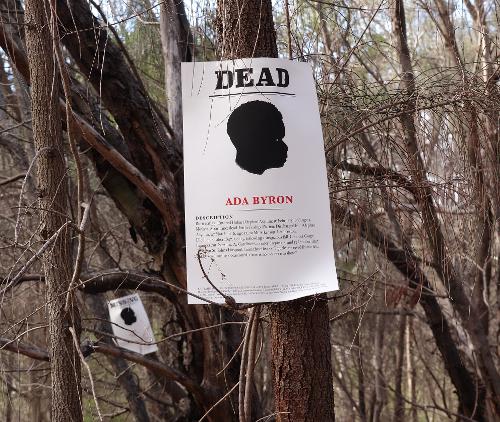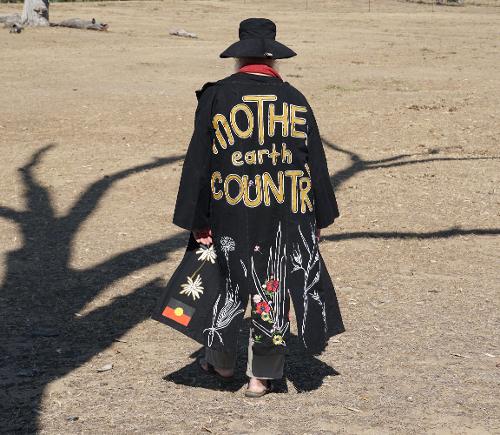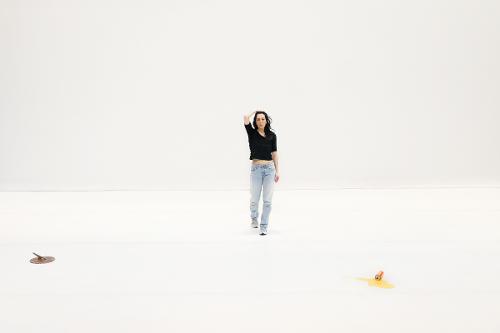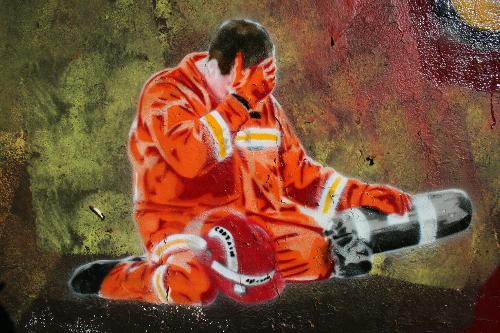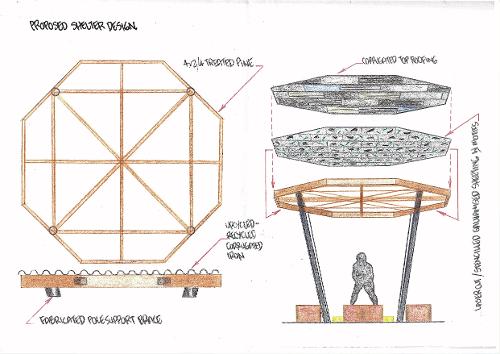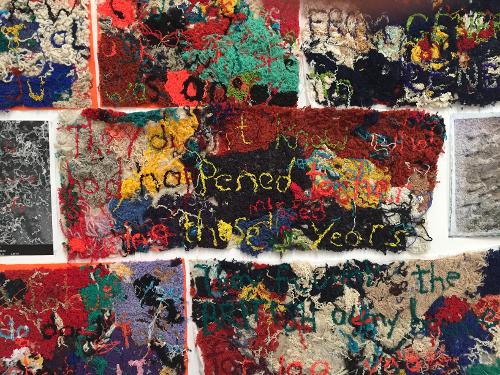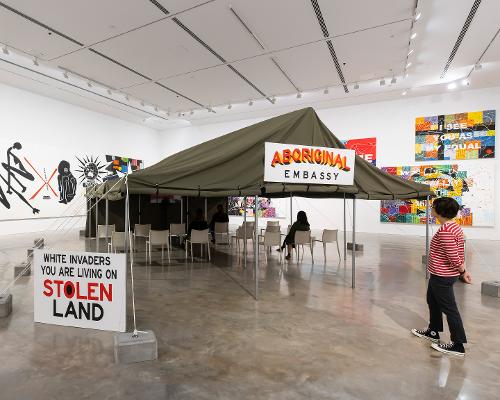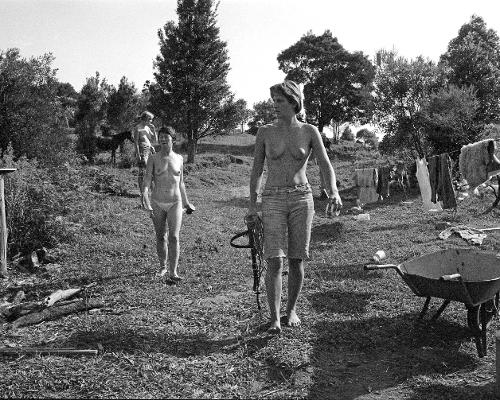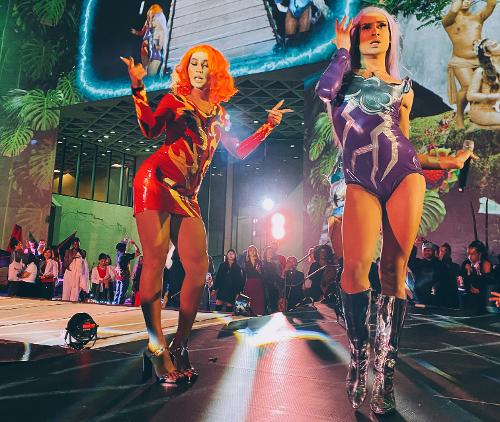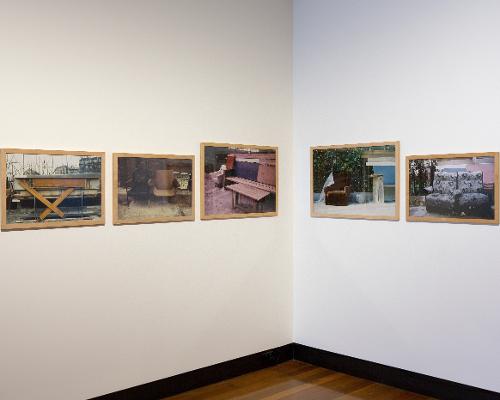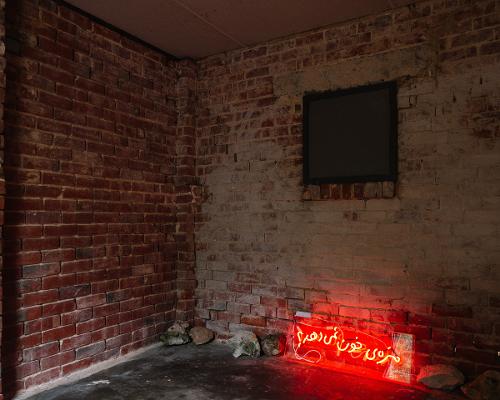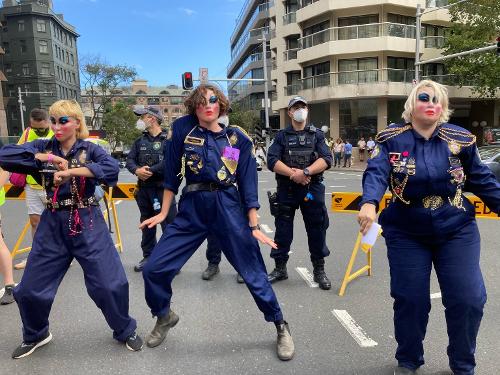Ngargee Djeembana: On the materiality of public space and Country
Who’s Afraid of Public Space? is a major exhibition and research project opening at the Australian Centre for Contemporary Art (ACCA) in December 2021. Exploring the role of public culture, the contested nature of public space, and the character and composition of public life itself, it will engage contemporary art and cultural practices to consider critical ideas as to what constitutes public culture and to ask, who is it for?

